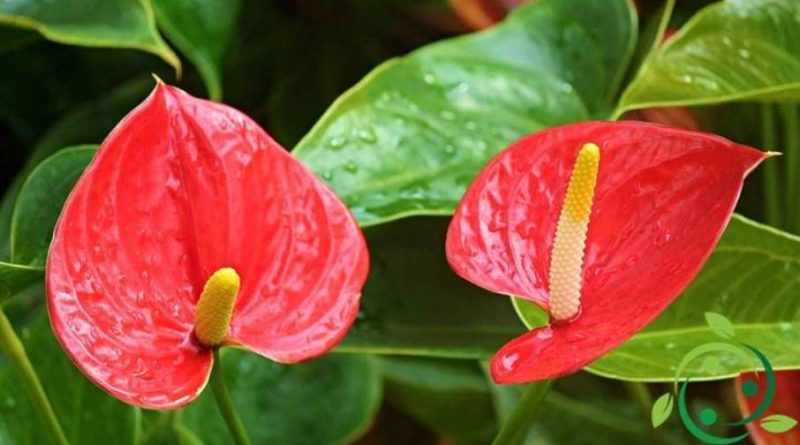Bract
Bract
In botany, bract is a leaf that has undergone a morphological and functional transformation to perform a particular task. The brattea is usually placed under the inflorescence to protect it.
Bràttea (also called ipsofillo) can take various forms and different dimensions and a flower or an inflorescence develops from its attachment. In fact, therefore, the bracts are transformed leaves that protect the flower and the fruit from frost and parasites. In fact one of the major functions of the bract is to protect flowers, for example, especially in the bud phase when this organ is more vulnerable to a series of external agents.
The bracts generally have a green color, so they can be confused with the same leaves; in some cases, however, these may appear with very intense colors; in these cases they can instead be confused with the flower or with the fruit, as, for example. happens in the hazel plant.
In the case in which the bract does therefore not only a protective function but also above all a reminder, for its colors and / or its dimensions, it is said that it performs a vexillary function; therefore they perform a recall function for both insects and pollinating animals. Among the classic examples of plant species with bracts that carry out a vexillage function we recall the Poinsettia (Euphorbia pulcherrima Willd.) And the Bougainvillea (Bougainvillea spp).
In the case in which the bract takes on large dimensions, often colored, and contains a set of flowers (typical of the Palms or of the genus Arum, where the spata is petaloidea, with the function of attracting pollinating insects), then this takes the name of spata .
In some cases the bracts can be in a more or less compact or fused whole; in this case this set is called a shell; a typical case of this conformation is found in the Asteraceae and Apiaceae families.

